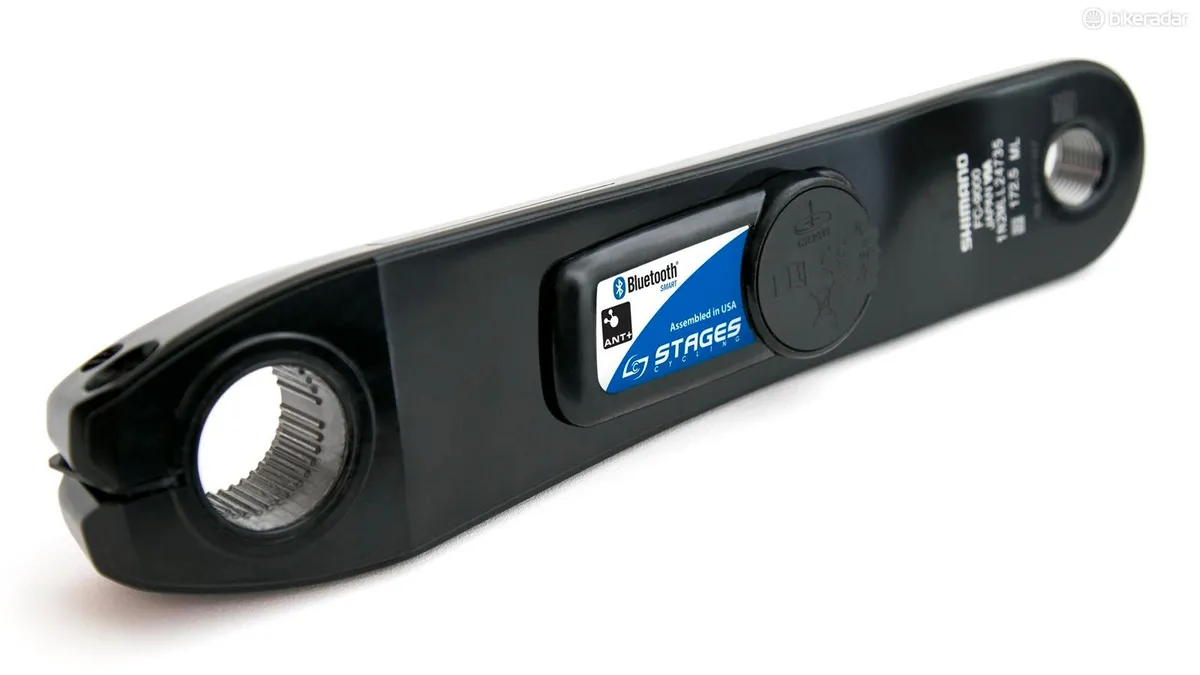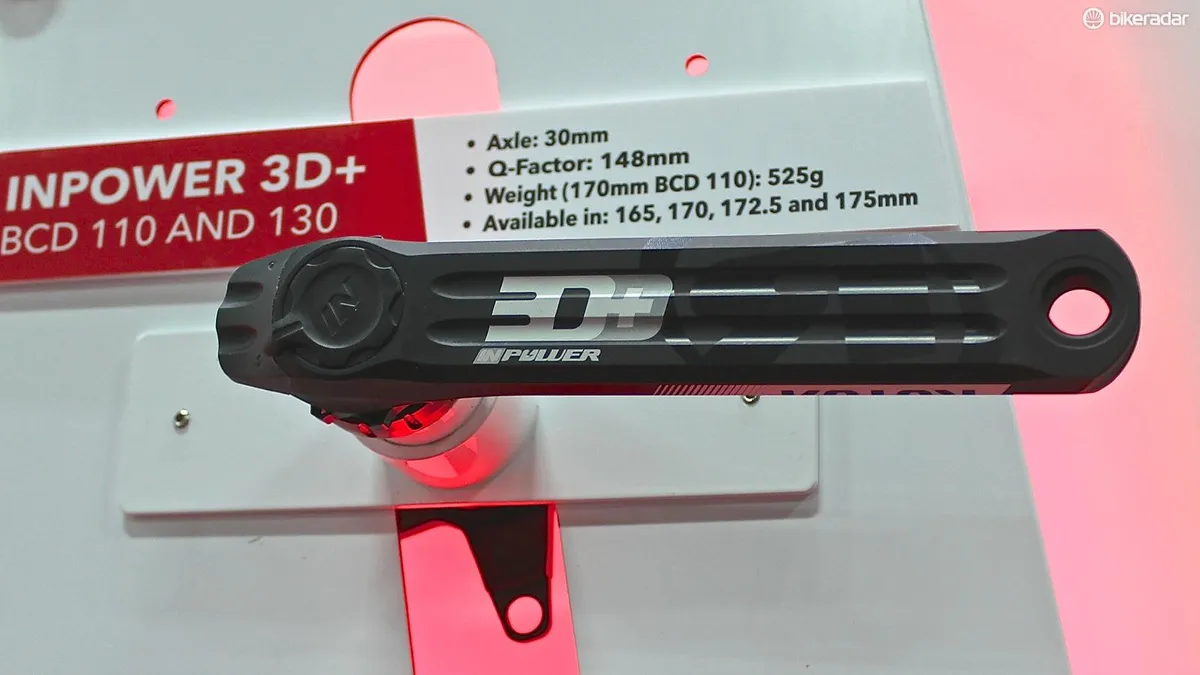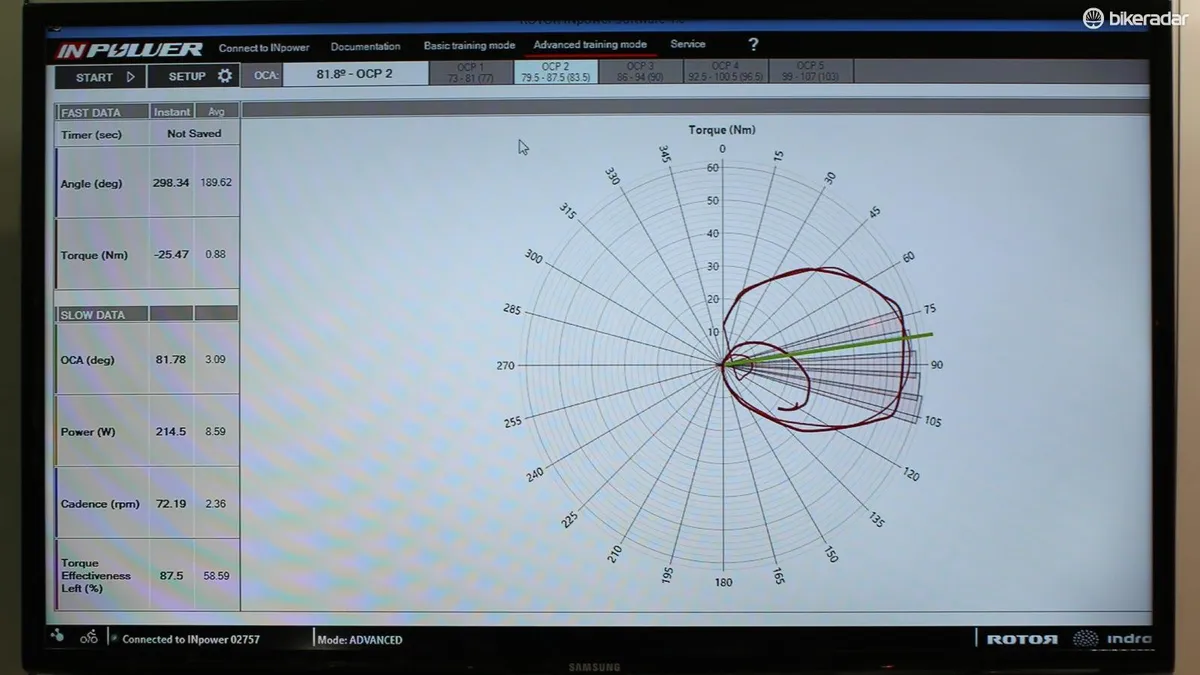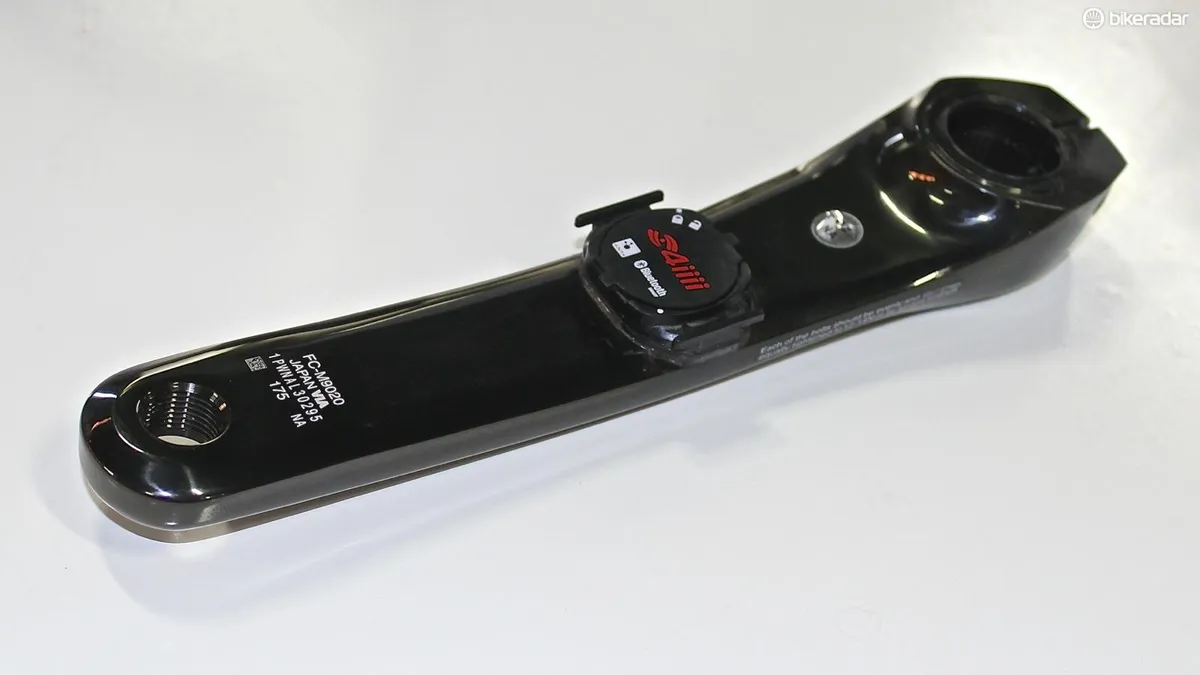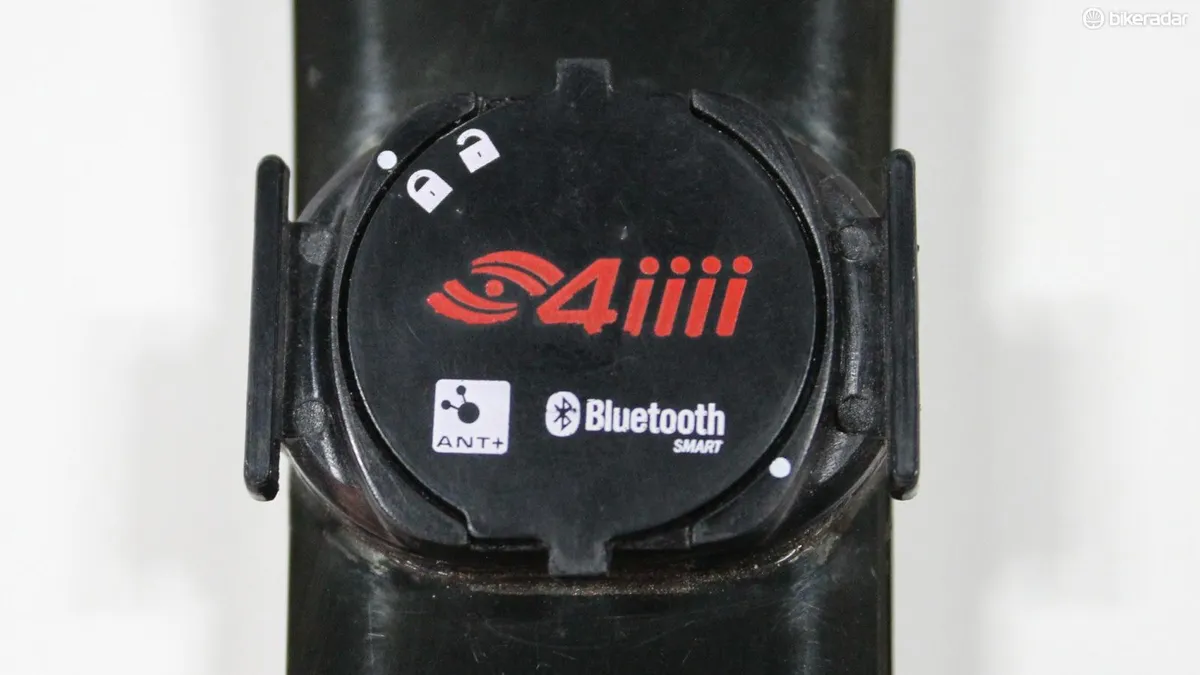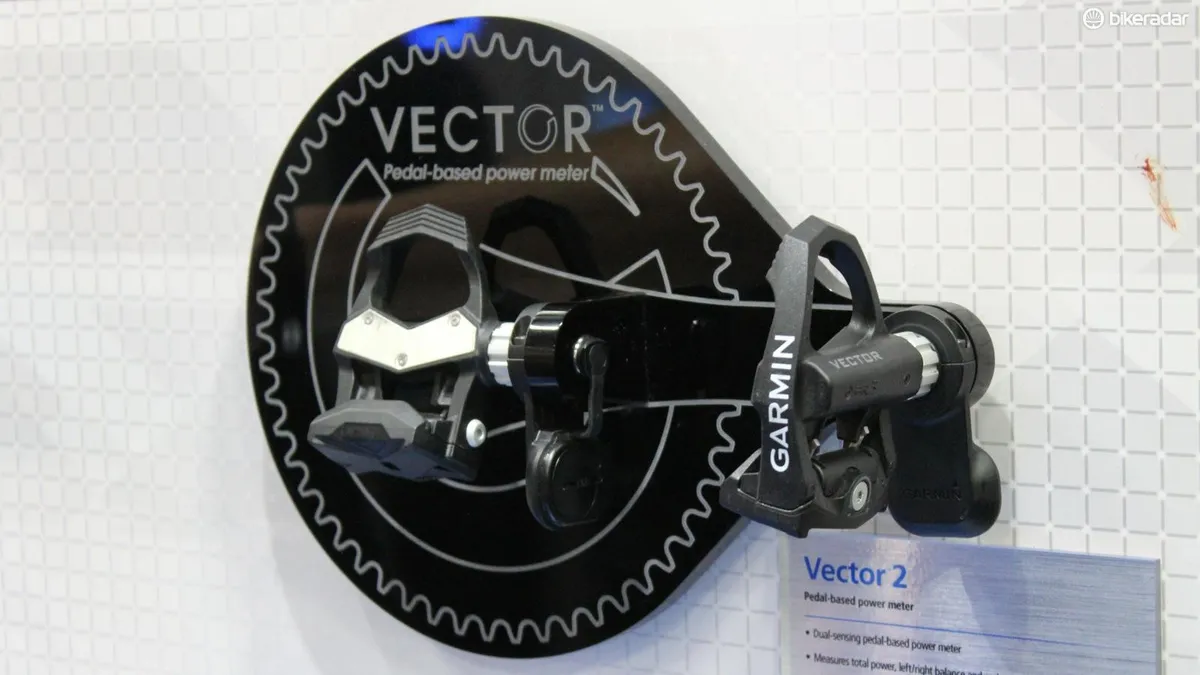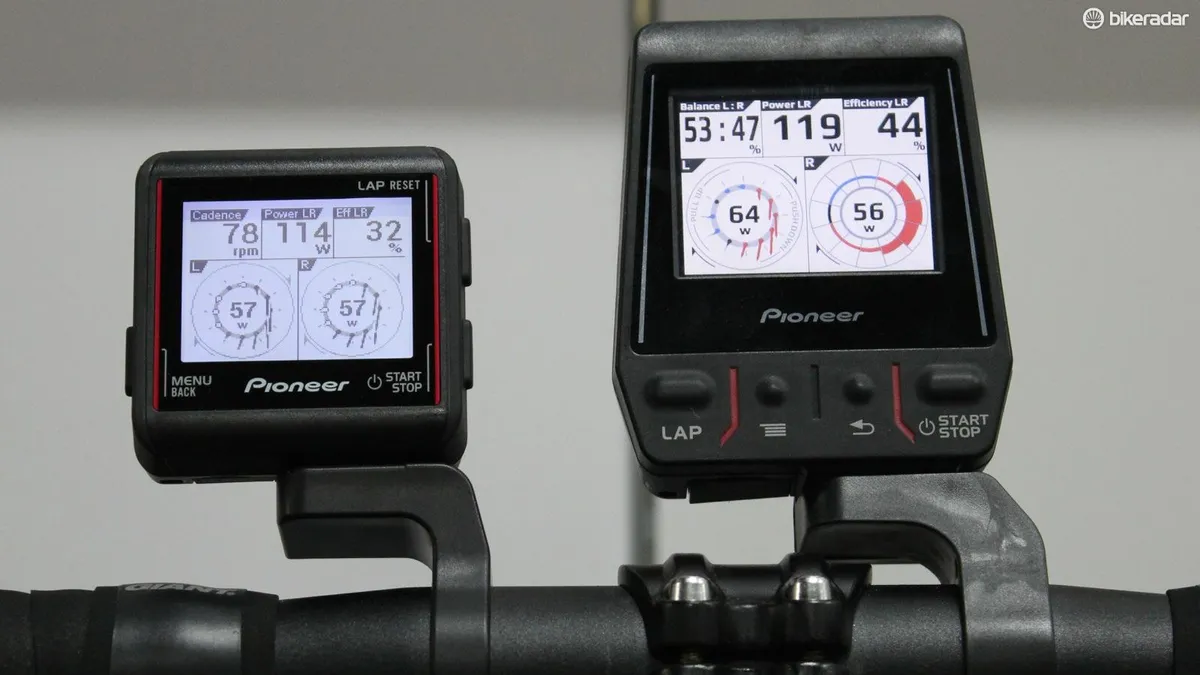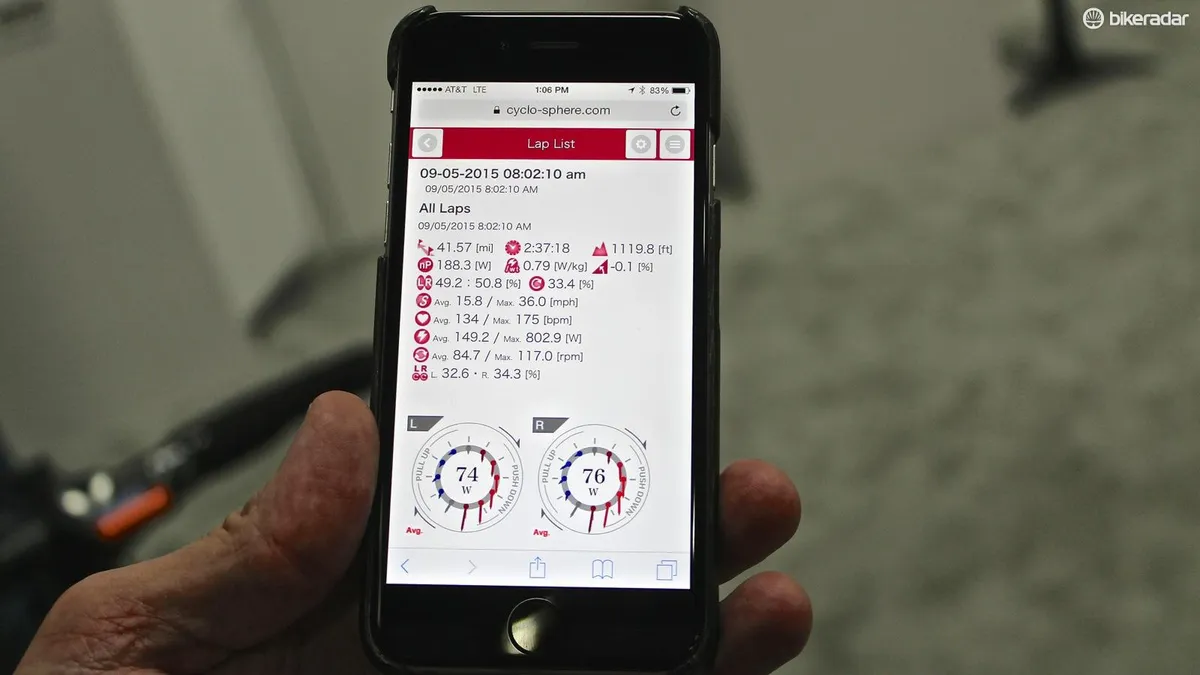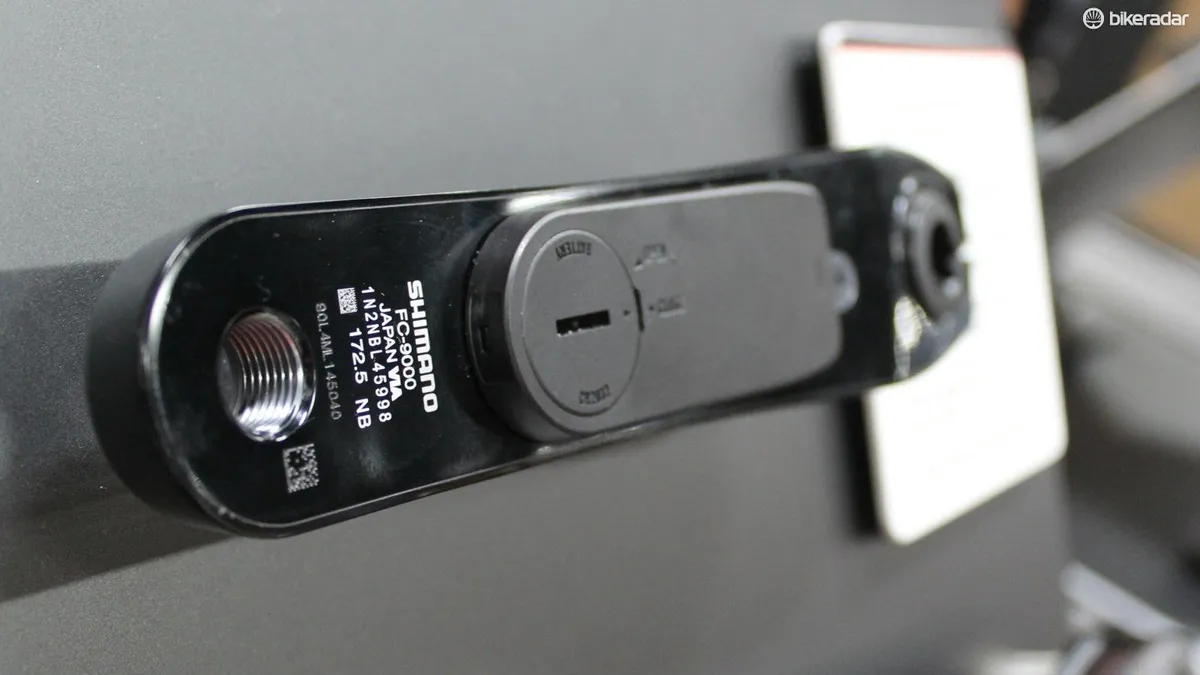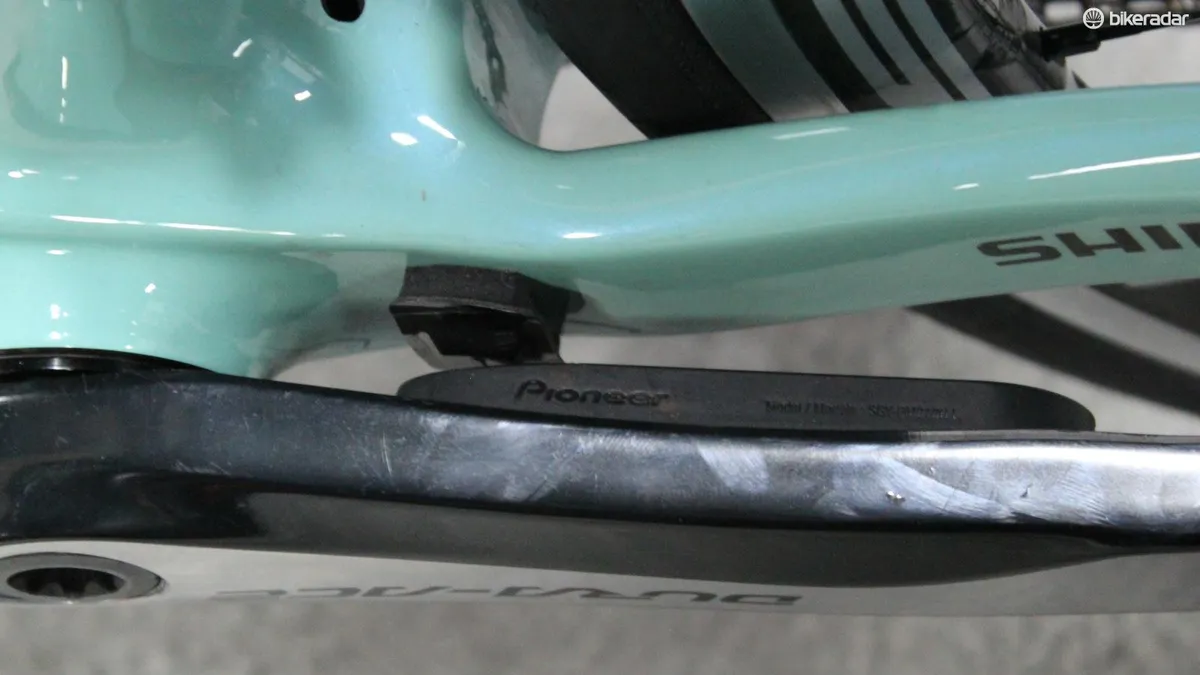Three years ago Stages Cycling launched a new genre of power meters, offering a tiny power meter built onto a standard alloy left crank. Some riders were excited about the weight (sub 20g) and the price (sub $/£1,000), and some questioned the accuracy of such a small and single-sided meter.
Fast forward to the end of 2015, and now four other companies have followed Stages' lead. The end result for riders is greater choice in power meters and better pricing across the brands. Now a Stages Dura-Ace meter, for example, is just $649 / £699, while 4iiii offers its Precision meter for $399.
At Interbike, we talked to representatives from Stages, Pioneer, Rotor and 4iiii about their latest watt-measuring tools.
Stages has been enjoying healthy sales of its meter in 30+ countries, and the fact that a few other companies are now offering one-sided power meters isn't lost on the Colorado company. "When we first started out, a lot of people said you couldn't do it," Stages marketing manager Matt Pacocha said. "We had one of the main guys from a competing company at our Interbike booth the first year telling us it couldn't be done. But the most satisfying thing for me is just helping people who race for a living and those who ride bikes for fun to improve."
Stages adds carbon cranks, lowers price
The news from the Boulder, Colorado company is twofold: carbon crank options and lower prices.
After launching with alloy-crank meters, Stages now has carbon-crank compatibility for Campagnolo Super Record, Record and Chorus as well as FSA SL-K Light and SRAM – the latter via Stages’ first own-brand $630 crankarm.
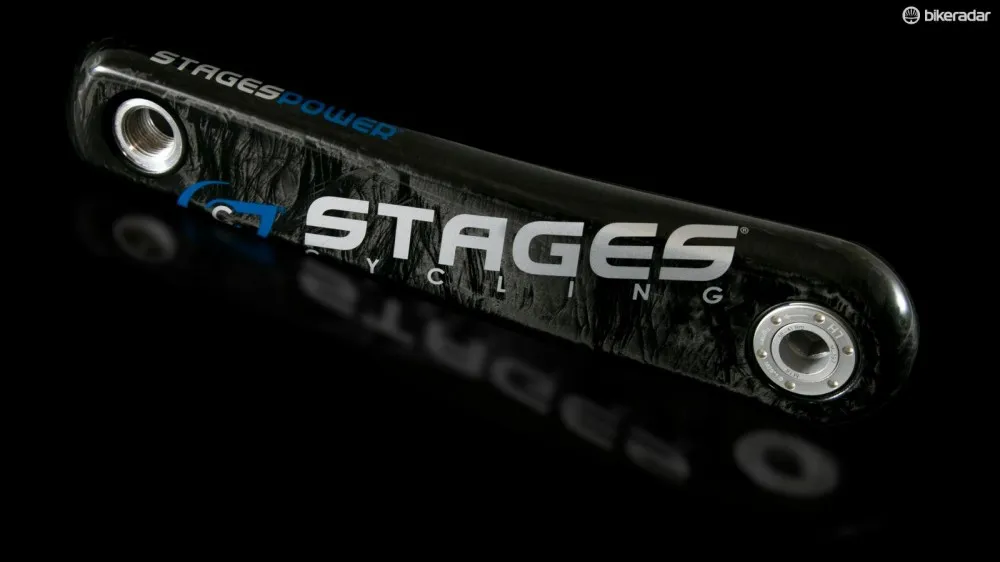
Got carbon? Stages now does
For existing alloy-crank meters, Stages dropped prices by $150 / £100. Shimano Ultegra is now $579 / £599, and FSA Energy and Shimano 105 cranks are $529 / £499.
"We've been able to offer these reductions due to the efficiencies in our production and the volume we've been able to build to over the last few years," Pacocha said. "We have learned a lot, and we've built a strong business that has allowed us access to better pricing from our vendors through volume discounts. And at home, we are truly dialed when it comes to producing our meters. We've found new efficiencies through our processes, tools, and even our planning and materials forecasting."
Please note, all subsequent prices are in USD only, while we await UK and AU pricing from distributors.
Pioneer
At Interbike, Pioneer announced its first left-only power meters, the $799 Shimano Ultegra and $999 Shimano Dura-Ace models. This is a big step down, price-wise, from the company's $1,450 dual-sided power meter.
"With so many first-time power-meter buyers, we were never in that conversation; it was Stages or Garmin," said Pioneer vice president Russell Johnston, Pioneer. "This gets us in the door, and then people can upgrade [for $749] to a dual-sided meter."

Using much of the technology from the dual-sided unit, the Pioneer one-sided meter has 12 distinct points of measurement around the pedal stroke, capturing not only how much force is being applied, but where, and in what direction.
The meter works with any ANT+ head unit like a Garmin Edge, but to view the 360-degree 'force vector' and 'torque vector' graphics that Pioneer calls HD Power Metrics, you'll need a Pioneer computer. A new $299 black and white computer brings the price down from the color computer — which also gets a steep cut to $499 from last year's $850.

The new black and white computer shows where in the stroke power is generated, and at what direction
The Pioneer single-sider meter weighs 22g, in addition to the crank weight, of course.
While Pioneer has moved away from the bottom-bracket mounted magnets, the system still requires a magnet be attached to the frame, no more than 13mm away from the meter.
BikeRadar testers were not impressed with the first generation Pioneer dual-sided power meter, but the second generation proved much better.
Rotor
After launching the Rotor LT left-sider meter, Rotor now also has the INpower meter that is sold as a left-crank of complete crankset.
Starting at $770 for left-crank models, the INpower meter is hidden in the axle, and works on a AA battery with a claimed battery life of 300 hours.
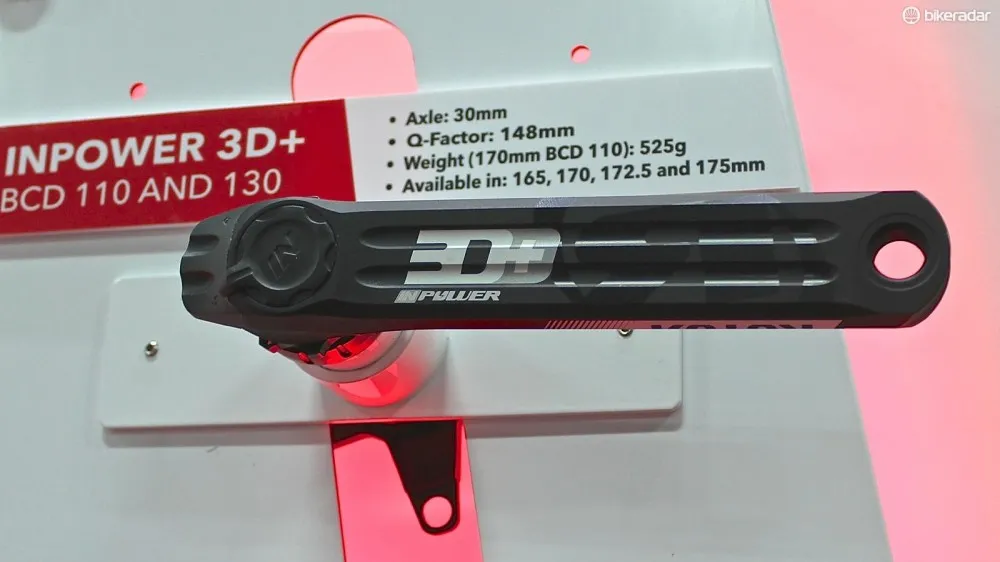
Rotor's INpower meters are housed inside the axle
"The left-crank INpower is a great option for customers who already ride on Rotor cranks as well as the ones who own Cervélo bikes with a BBright bracket," said Rotor's Arthur Espos.
There are three models of INpower cranks, each of which comes with the free INpower software that works on PC and Mac with a USB plug-in. The novelty of the INpower software is the graphic representation of where in the stroke (of the left leg) power is applied. It is a similar concept but different presentation to that of Pioneer. For now, these Rotor graphics require riding inside when wirelessly connected to a computer and the software; you can't do a ride with a Garmin and then see these graphics afterward.
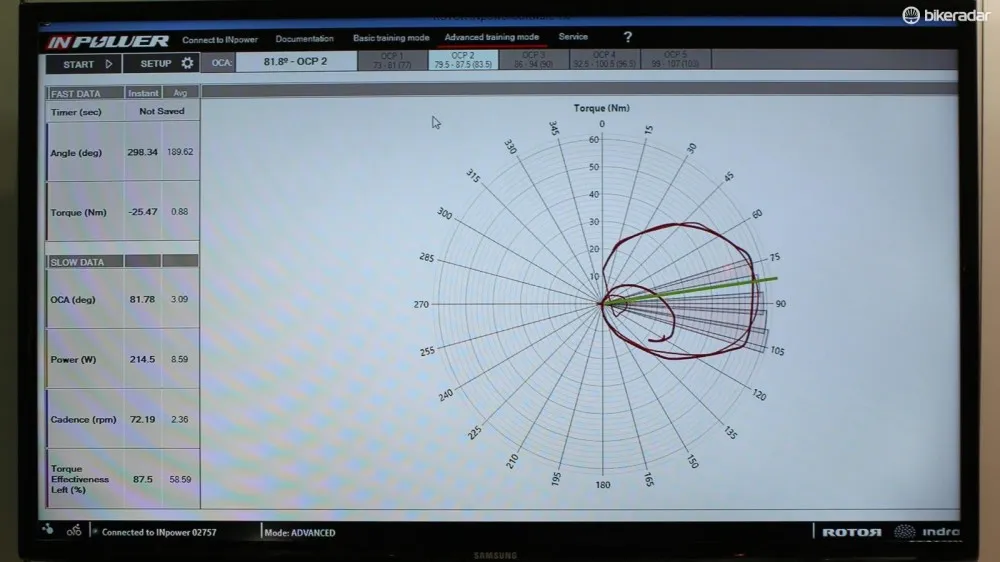
Rotor's INpower software shows where in the pedal stroke you're applying power. This can be used to set up the position of Rotor's oval rings
4iiii Precision
The Californian company 4iiii came to the 2014 Interbike trade show with a concept product: an install-it-at-a-bike-shop power meter that retailers could attach to a rider's crank. 4iiii has since altered the plan a bit — now you mail your crank to them, they glue on the meter, and return it to you in a claimed 7- to 10-day turnaround in the US, and slightly longer internationally.
The strain-gauge based unit is similar in overall concept to the Stages meter, using a 2032 battery, weighing a claimed 9g and coming in at $399, including shipping.

Mail your alloy crank to 4iiii, and they'll glue on the strain-gauge-based meter and ship it back to you
Like Stages, the Precision works on Bluetooth and ANT+. The system only works on alloy cranks.
Right now, the meters still have plastic tabs on the side, a leftover from when 4iiii was planning on dealers installing the meters and the tabs were needed for the DIY installation kits.
Garmin
On the heels of its Vector power-meter pedals, Garmin launched the Vector S single-sided meter, and now the company has the second-generation Vector 2 S. Unlike the other crank-based meters listed here, the Vector 2 S can be threaded on to virtually any existing road crank.
The Vector 2 S is £749 / $899.

The Garmin Vector 2 is sold as a dual-sided or single-sided power meter
Being a Garmin product, the Vector 2 S of course works well with all Garmin head units, and offers some unique metrics such as standing time vs seated time.
Stages' Pat Warner: "It's not just about price"
Stages vice president Pat Warner said the original company vision wasn't a left-only meter. "The vision was to make a power meter," Warner said. "What we discovered, as we tested, was that the benefits of a left system outweigh the complexity and cost of a left/right system."
"Our engineering team did the legwork for developing the product," Warner said. "Our proof of concept was building and selling thousands of indoor bike power meters. We looked at that data. We completed analysis of existing products in the field, and found so many variables that could influence the data of other power meters, like temperature, chainring bolts, etc. We wanted a simple, precise, clean unit without as many variables.
"We have a consistent, accurate power meter that works well for the majority of people," Warner said. "The whole left/right thing is still ahead of its time. Nobody knows what to do with the data. And the complexity of the dual system with master on one side and slave on the other is tricky. So yes, it's gratifying [to see other companies offer left-only meters], but I hope they understand the benefits and are not just doing it for price."
